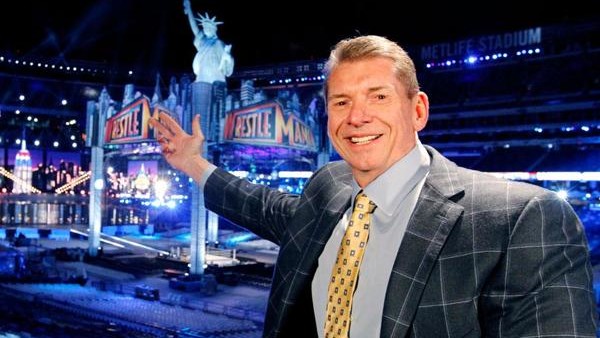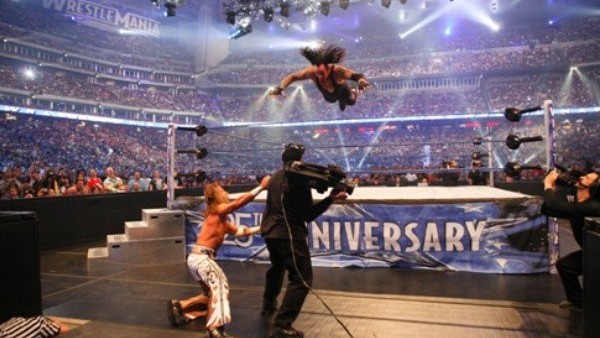10 Most Revolutionary Individuals In Wrestling History
Change is never easy, but sometimes it can be very profitable…

Out of the many different sports and entertainment industries out there, pro wrestling is one of the most reluctant to change. Because of its cut-throat and jealousy-based nature, wrestlers, promoters and other stakeholders are more likely to stick with a ‘if it ain’t broke don’t fix it’ sort of attitude, where it’s easier to keep repeating the same formulas as long as they keep bringing in viewers (and their money).
Of course, if that were the case, then Roman Reigns would be WWE Champion right now and the women of NXT would still be presented as glorified sex objects.
Sometimes change is good, while in other cases it can leave a bad taste in peoples’ mouths. Every major change can either be a major success or a critical failure. With these ten individuals, they decided the reward was worth the risk, and so they revolutionized the wrestling business.
Some of them created entirely new concepts, while others made changes that were significant enough to be considered revolutionary. Professional wrestling has a storied history, one that’s filled with changing orthodoxies and radical revolutionaries. There have been many points when someone went against the established order, and changed the wrestling business forever.
These ten revolutionaries were sometimes hailed as heroes for bringing about positive changes to their industry, while in other cases, they were vilified for defying an established order and causing too much chaos in an industry that once had a plethora of norms, rules and rigid mentalities.
10. The Undertaker Redefines What It Means To Be A Big Man

For many years, the bigger wrestlers were booked to be immobile, so that they'd come across as superhuman. Initially, the Undertaker did this as well, rarely looking vulnerable or doing anything overly athletic at all.
But soon, Mark Calaway decided that he wanted to do something different. And so, the Undertaker’s offense evolved, and the undead wrestler started moving around in a way that no one had ever seen before WHEN?. Undertaker ran the ropes with considerable speed and agility, he adopted a flying clothesline as a signature move, and he did moves like ‘Old School’. Then there’s his craziest maneuver of all: his over-the-top-rope no-hands suicide dive.
As many wrestlers have stated in the past, it’s difficult for them (wrestlers smaller than ‘Taker) to perform such a maneuver; but he does it with what appears to be little difficulty. It’s breathtaking to see the Undertaker dive over the ropes, despite being almost 7 feet tall and weight around 300 pounds.
It’s this athleticism of his that revolutionized what it meant to be a big man. After the Undertaker started doing these things, the expectation for big men changed. They were now meant to move around a lot more, and were supposed to be more athletic than before.
This is why wrestlers like Mabel, the Great Khali and Giant Gonzalez failed to become big stars. The Undertaker, who is now considered by some to be ‘the greatest big man of all time’, revolutionized what it meant to be a big man in the business.